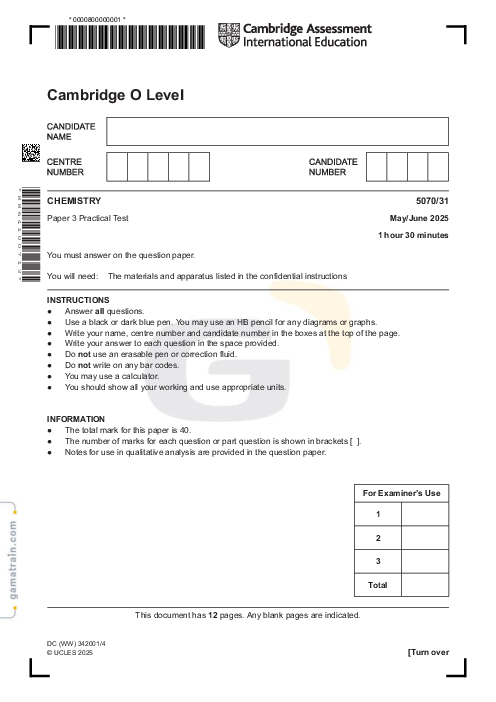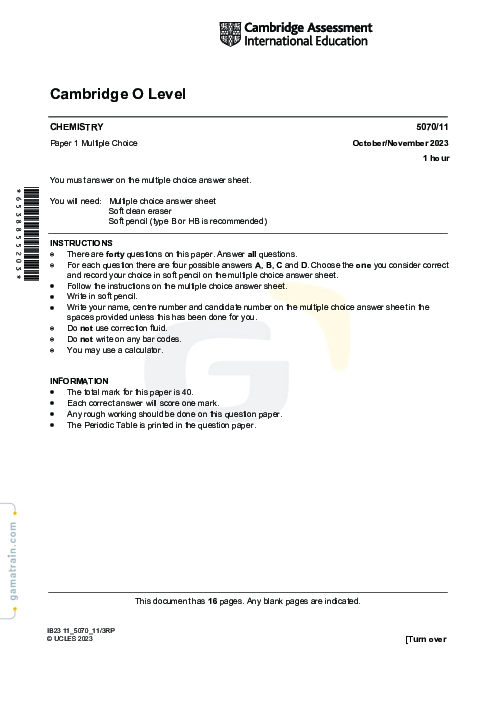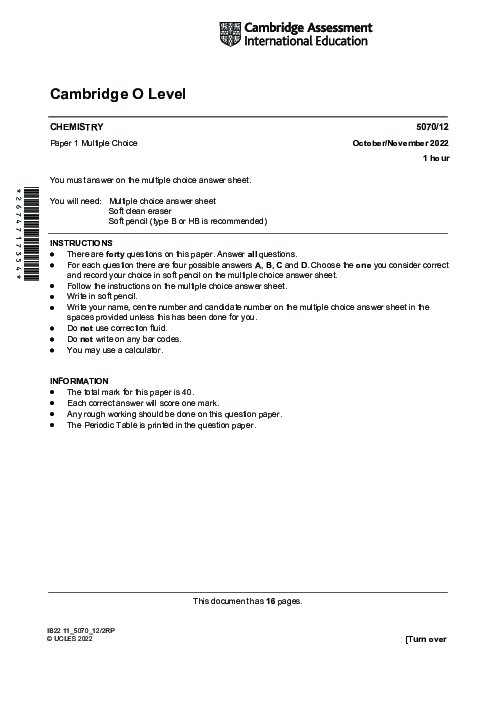Chemical reactions can be categorized into different types based on the changes that occur to the reactants. This question explores the various types of chemical reactions and their characteristics.
What are the types of chemical reactions, and how are they characterized?
پاسخ ها: {{ repliesNum }}
پاسخ انتخاب شده
در پاسخ به: {{ reply.reply_to.name }}
در پاسخ به
این پیام حذف شده است.










